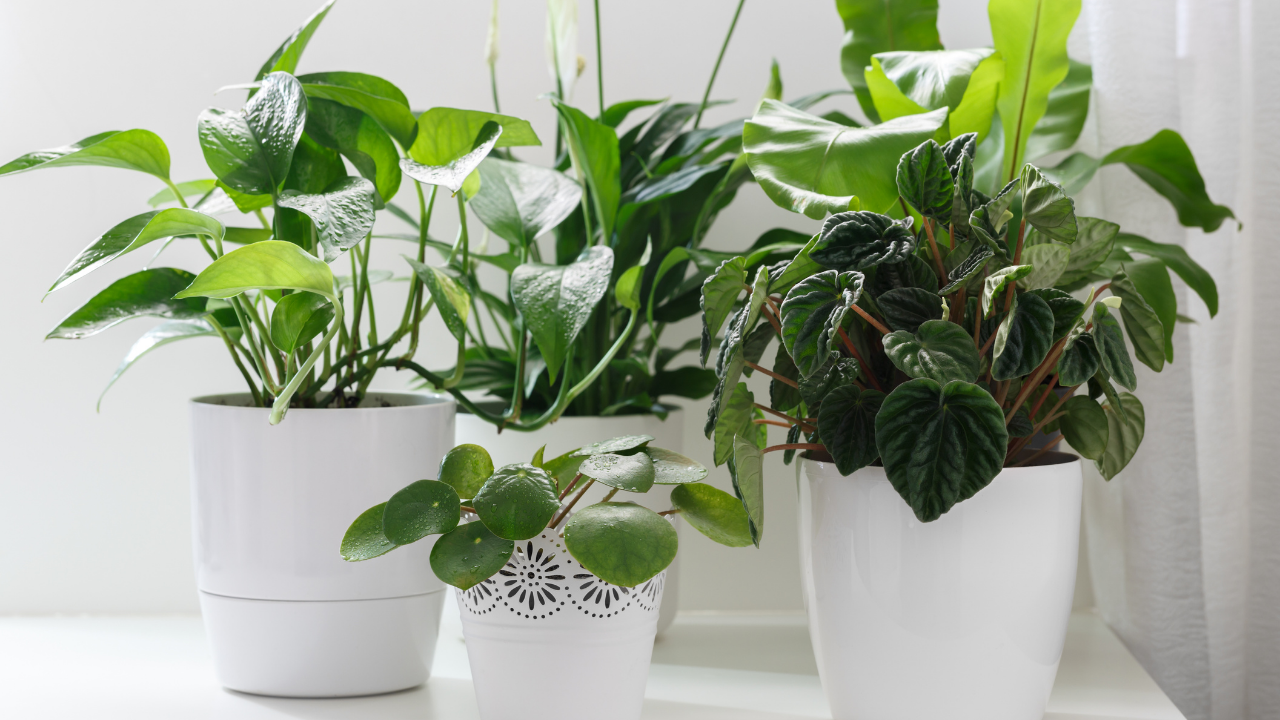Decorating your home with plants is one of the most effective ways to improve its look and feel. And while that might sound simple enough, things become more complicated when you realize that your home’s humidity can affect mold growth in your home. That’s why it’s essential to know all about houseplants and humidity, especially if it’s your first time dealing with them.
Humidity and House Plants
Generally speaking, humidity is the concentration of water vapor in the air. It’s important to understand that the majority of our indoor plants come from humid environments. Therefore, the moisture in the air is vital to keeping your plants healthy.
Usually, the perfect humidity for plants is between 35% and 65%; higher than the normal humidity levels in our homes. And, during winter, when fireplaces create drier air, you will need to increase the humidity levels, even more, to make your plants comfortable.
How Can I Reduce Humidity?
If your home’s humidity level is too high, you can attract fungal disorders like mold, which will grow on the surface of your houseplants. Fortunately, there are a couple of ways you can reduce humidity in your home:
- Ventilation: Proper ventilation will dry out the air and reduce the number of water particles present in it. Just make sure not to overdo it, as you might end up doing the opposite and hurting your plant’s water supply.
- Dehumidifiers: You can always buy a couple of dehumidifiers — machines that remove moisture from the air.
- Watering your plants less: Sometimes, we tend to overwater our plants, which increases the room’s humidity considerably. So, make sure you double-check the amount of water and drain off any excess water collected in the drip tray.
How Can I Increase Humidity?
When the humidity levels are too low, your plant’s roots will try to take up more water from the soil. That will result in the soil drying quickly and needing to be watered more often. And, if the humidity levels are too low for prolonged periods of time, your plants will lose their leaves and even flower buds.
But here is what you can do to increase the humidity levels in your home:
- Humidifiers: In contrast to dehumidifiers, these devices add moisture to the air. Not only are humidifiers effective, but most of them also allow you to check the humidity levels in real-time.
- Pebble trays: Placing a tray filled with water and pebbles under your plant’s pot is a great way to increase humidity. Why? Because the water evaporates gradually, allowing the plant to absorb it more effectively.
The Bottom Line
All in all, knowing how humidity affects plants is the first step in creating a beautiful and flourishing indoor garden. However, you’ll have to watch out for mold, as it can quickly grow on any organic material, including your plants.
Luckily, Mold Solutions is always here to handle your mold problems, no matter how severe they are. From inspection to remediation, our expert team is able to mitigate mold issues with ease. And best of all, we make sure to remediate the existing mold, so you and your family can relax without worrying.








